20+ Years Experience
Specialist Wetpour Surfaces
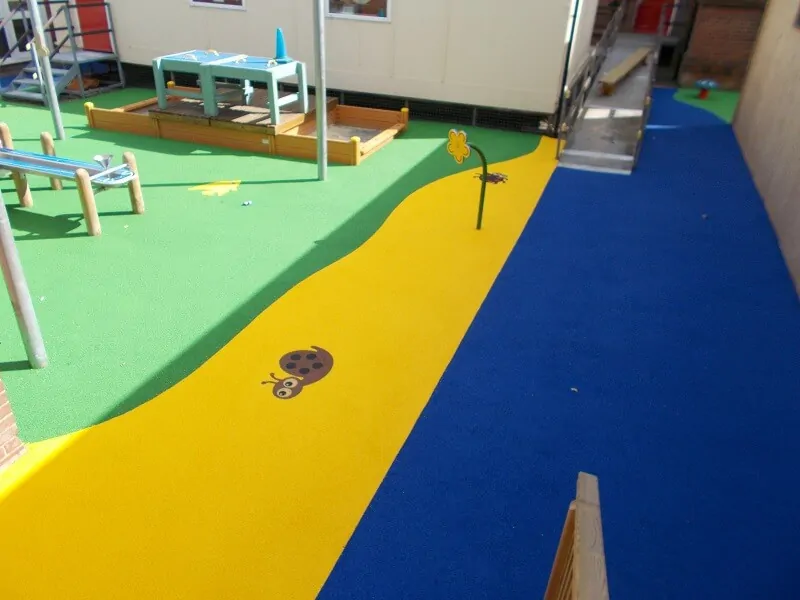
Enquire Today For A Free No Obligation Quote
If you’re in charge of your organisation’s outdoor space, you know that wetpour surfacing is an excellent option for keeping your ground surfaces safe and comfortable.
By providing a softer and more even surface than traditional surfacing, wetpour surfacing gives mobility impaired users greater independence and access. For those with limited mobility, wetpour surfacing allows them to socialise and play with increased safety, comfort and enjoyment.
This blog post is designed to guide you through the different benefits of wetpour surfacing and help you determine the best option for your organisation’s outdoor space. We’ll explore the characteristics of wetpour surfacing, how it measures up against traditional surfacing materials, and why it’s a great choice for providing a safe and comfortable experience for all users.
We’ll also take a look at the many available design elements and talk you through the installation and maintenance process. By the end, you should have a complete understanding of why wetpour surfacing is such an ideal choice for ensuring the safety and comfort of your organisation’s outdoor space.
Wetpour surfacing is an excellent surface for playgrounds, sports facilities and outdoor areas as it is durable, slip resistant and has a soft feel. Additionally, it is easy to clean and maintain, making it a great choice for any outdoor area.
Wetpour surfacing is a rubber-based material composed of resilient and porous rubber granules in vast array of colors, which is used to create safe and attractive surfaces primarily for playgrounds or other recreational areas.
It provides a soft, cushioned surface that is safer for children to play on than hard surfaces such as asphalt and concrete. This surfacing system has become increasingly popular due to its affordability and safety benefits, as well as its many aesthetic options and the fact that it requires minimal maintenance.
While the advantages of wetpour surfacing are clear, some people may be weary of its potential drawbacks. One major concern relates to the porosity of the material, which can cause water to pool on the surface if not installed correctly.
Plasticizers can also leach out of the material over time, potentially causing contamination in nearby soil and groundwater systems. Proper installation must be done by experienced contractors with knowledge of drainage systems and soil contamination issues in order to ensure that these risks are minimized or eliminated entirely.
With its numerous advantages comes a responsibility to ensure proper installation of wetpour surfacing. After considering both sides of the argument, it is clear that wetpour surfacing remains a great choice for recreational areas where safety and comfort are paramount. The next section will focus on what makes up wetpour surfacing – specifically, the different types of materials used in its composition.
Wetpour rubber is a unique surfacing material consisting of two layers: the base layer and the top layer. The base layer is made up of stones or aggregates and cement, which has to be laid flat, level and free from any air pockets or crevices. This creates a strong foundation for the wetpour rubber surface.
The top layer gives wetpour its signature characteristics – its smooth, seamless, colourful nature – and is made up of EPDM (ethylene propylene diene monomer) granules embedded in a binder made of polyurethane or polyurea resins. These rubbery granules are poured, spread and levelled onto the base coat before being integrated with each other when they harden.
This combination makes wetpour an ideal surface for playgrounds and other areas susceptible to children running around and playing. The layers work together to create an excellent impact absorption quality that reduces children’s risk of injury from falls or heavy impacts. In addition, it’s soft to walk on and consequently less tiring for feet than harder surfaces like concrete and asphalt.
Though wetpour has been widely accepted as a great material for many leisure settings such as playgrounds, there are still some people who doubt its longevity due to its temperature-dependent properties and short guarantee period offered by some suppliers. Nevertheless, when correctly installed with good maintenance, wetpour can bring safety and comfort for many years to come.
Now that we understand what goes into making wetpour surfacing, let’s move on to explore the benefits this product offers in more detail in the following section.
Wetpour surfacing has a multitude of benefits, and is rapidly becoming a popular choice for playgrounds in both residential and commercial settings. Wetpour surfaces are highly resilient, offering excellent impact attenuation as well as providing a stable, slip-resistant surface for outdoor play areas.
They also offer cushioning to protect children from injuries due to falls or collisions. Furthermore, wetpour surfacing is significantly easier to maintain than other playground surfaces, such as concrete or tarmac.
The flexibility of wetpour offers several advantages compared to other materials. Wetpour can be applied on a variety of terrains, including sloping surfaces and uneven ground. As opposed to natural grass surfaces or rubber mulch, which have limited ability to deal with changes in landscape and ground shape, wetpour can easily be adapted to every terrain. It is also highly durable and resistant to extreme weather conditions.
On the other hand, there are some drawbacks associated with wetpour surfaces. For example, some potential buyers may be discouraged by the installation costs which are generally higher than those of other playground surfaces such as wood chips or rubber mulch.
Since wetpour needs to be installed professionally, qualified personnel have to be hired in order to complete the job successfully. Additionally, wetpour can become quite slippery when wet due to its porous nature – there is always the possibility of slipping during rainy seasons that must be taken into consideration when deciding on this type of surface.
All things considered, the benefits of installing wetpour surfacing for playgrounds greatly outweigh any drawbacks that may be associated with it. The essential safety features offered by wetpour make it an ideal option for protecting children from serious injuries resulting from falls or collisions while playing outdoors.
Its versatility and resilience ensure that it will remain an attractive choice for playground owners looking for a high-quality and cost-effective surface for their outdoor play areas. Therefore, an overview of the various benefits and considerations of wetpour should not go unnoticed when executing any project requiring this type of surfacing solution.
As demonstrated by its numerous benefits, the versatility and flexibility of wetpour provide a wide range of options when creating safe and comfortable playground environments suitable for all ages and abilities. In the next section we will explore further into how you can leverage these properties when selecting your ideal playground surface solution.
Versatility and Flexibility should not be overlooked when considering the advantages of wetpour surfacing. Its ability to be produced in a range of different colors, shapes, and textures provides a vast range of creative possibilities that make it suitable for any environment or purpose.
It provides a safe surface for playgrounds and interactive pathways and can even be customized with branding logos or educational images. The ability to construct it on slopes allows a greater variety of design, which is useful for projects like banks and mounds, allowing children to climb them safely.
However, it’s important to note that the flexibility of wetpour comes with some potential limitations. Depending on the environment and its requirements, an alternative option may need to be considered.
As wetpour is laid over existing surfaces (most commonly concrete) it requires an even base, so uneven surfaces may need to first be leveled before installation. Furthermore, wetpour also relies heavily on quality drainage, so surface water must always be taken into consideration when determining whether wetpour is the right choice for your project.
With its great customization options and build-ability on slopes, wetpour surfacing offers maximum versatility and flexibility for many different environments. Ultimately this helps makes it an ideal solution for providing comfort, endurance, and safety in many public areas and especially in playgrounds.
Now let’s look at how this flexibility helps ensure safety and impact protection when wetpour is used as a surfacing material.
One of the greatest benefits of wetpour surfacing is its ability to improve safety through impact protection. This makes playgrounds, sports courts, and other recreational areas much safer by providing a ‘soft-fall’ surface that won’t cause significant injuries in the event of a slip or fall.
Also known as rubber surfacing, wetpour has become the most popular method for creating soft ground surfaces in entertainment and leisure areas —especially ones with children.
Although not specified by the EN 1177:2019 standard, wetpour surfacing can provide the highest levels of impact protection when installed and maintained correctly. Used in combination with shock pads, these surfaces can offer maximum falls height protection such that any fall from an appropriate height should not cause any serious bodily harm. This is due to the energy absorbing nature of rubber granules which helps reduce the force of impact felt after a fall.
At the same time, there are some limitations to consider when it comes to safety and impact protection: Wetpour does not provide 100% impact protection for all falls, as it depends on a variety of factors such as the type of rubber used and the shock pad beneath.
For example, wetpour alone cannot protect against a fall greater than 3 metres without a shock pad present; while certain types of rubber additives may increase impact resistance but will decrease wearability over time. Therefore, it is important that users—especially those responsible for health and safety standards—are aware of these limitations when considering wetpour as a protective surface option.
The good news is that wetpour is one of few forms of soft-ground surfacing that meet key European safety standards for playgrounds and sports fields. Government endorsed tests regularly demonstrate how effective this type of surfacing can be in providing adequate levels of safety against falls from an appropriate height allowing organisations to confidently select this option without hesitation.
Ultimately, wetpour surfacing is a highly versatile solution which offers excellent impact protection when appropriately designed and installed ensuring safe recreation solutions particularly with regards to children’s play areas. In the following section we will consider another important benefit: Non-slip and comfortable surfacing.
Wetpour surfacing offers a durable, non-slip and comfortable surface for play areas and other outdoor spaces. The installation of wetpour can minimise impact if a child falls or trips, making the installation an incredibly popular choice for anyone looking for safe surfacing in the playground or garden.
The material’s strong grip provides users with a stable experience, making it especially useful for those with limited mobility or those who are less steady on their feet.
However, some may argue that despite being non-slip, wetpour surfacing can sometimes be too soft to provide adequate foot support – though this depends greatly on the thickness of the installation as well as the quality of the material used. To ensure optimal comfort and enough foot grip while in use, it is necessary to pick the right supplier when installing wetpour surfaces.
At the same time, wetpour surfaces have another advantage: they can easily be changed (or maintained). Some suppliers offer replacement pieces which can be used to replace any worn-out or damaged parts of this type of surfacing setup without having to remove and reinstall entire sections. This adds an overall cost-saving benefit for anyone considering this kind of surfacing solution.
To conclude, wetpour surfacing ensures a slip-resistant and comfortable surface layer that is ideal for a variety of purposes – from playgrounds to gardens and public spaces. With proper maintenance and suitable installation methods, wetpour surfaces are sure to provide years’ worth of safety, comfort and durability.
With these advantages in mind, let us now turn to the next section about easy installation and durability of wetpour surfaces, so readers can get an even better understanding of its benefits.
When it comes to installation and durability, wetpour rubber surfacing is nearly unbeatable. It is easy to install and can be applied quickly with minimal disruption to your facility. The surface can also be customized to fit the exact dimensions of the area in which you are installing it.
This type of surfacing is designed to last for many years with minimal maintenance required, making it an ideal choice for facilities that need a paly area surface that will hold up over time.
On the other hand, the cost of installation of wetpour surfaces can often be higher due to its complex installation process and specialized labor needs. Additionally, wetpour surfaces cannot easily be moved or changed in the future if you suddenly decide you want a different look or configuration.
Overall, however, wetpour rubber surfacing provides an extremely durable and long-lasting solution for play areas and recreational facilities looking for a quality surface that looks great, provides safety and comfort, and requires minimal maintenance.
Next, let’s explore how wetpour surfacing is perfect for recreation and play areas, allowing facilities to offer an enjoyable, safe space for all participants.
Wetpour surfacing is perfect for recreation and play areas. It offers a soft, shock-absorbent surface that helps reduce the risk of injury from falls and tripping up. Wetpour surfacing is also slip-resistant, meaning it provides a safe surface for walking, running, and playing on. Additionally, wetpour surfacing can be laid in several fun designs such as shapes or patterns and can even be used to draw figures.
Furthermore, installing wetpour surfacing in an outdoor play area or recreational area makes the area more durable and allows it to withstand heavy usage while looking like new with minimal maintenance and upkeep. This cost-effective material is also long lasting, non-toxic, and resistant to rotting or other weathering damage.
On the other hand, wetpour surfacing tends to be more expensive than some other materials and may require professional installation. Wetpour resurfacing can also become slippery when wet or when certain substances are spilled on it, potentially causing slipping or sliding accidents. Therefore, when using wetpour surfacing in recreational areas, it must be regularly inspected for damages that could cause accidents.
Overall, despite its minor drawbacks, wetpour surfacing is ideal for creating safe yet creative recreation and play areas that provide comfort, protection from injury and weather damage from heavy foot traffic while being visually pleasing.
The next section will discuss the attractive aesthetics and vibrancy of wetpour surfaces that make them an ideal choice for any outdoor area.
Wetpour surfaces are well-recognized for their attractive aesthetics and vibrancy, providing an aesthetically appealing play area for children. The rubber surface offers high colour options, enabling you to choose vibrant colours that can be used to create a visually stimulating environment.
When combined with other design features such as shapes, numbers, logos and pictures, the end result can be an extremely creative playground. It can liven up any area, which is great for nurseries and schools that may require bright decorations to keep young minds stimulated. Additionally, wetpour surfaces come in a wide range of colours and textures, so it’s easy to mix and match designs whilst still maintaining a visually pleasing design that will not overwhelm the senses.
Whilst wetpour is praised for its attractive qualities, there are some opponents who would argue against its use on safety grounds. They might suggest that bright colours and distracting designs may distract or disorientate children from being aware of potential hazards on the playground. However, as long as these designs don’t interfere with the visibility or function of the playground then this should not be a problem.
Furthermore, the colourful surface does not subtract from the overall integrity of the playground since most manufacturers provide solid underlay for highly demanding areas such as parking lots or sporting courts.
The attractive aesthetics and vibrancy offered by wetpour surfacing provides numerous advantages to recreational areas – from stimulating the minds of young learners to aesthetically pleasing decorations – making it a popular choice by many. As we move forward into the next section we will continue further exploring how wetpour surfaces bring benefit to environments and why it is such an advantageous material choice. The next section will focus on “The Overall Benefits of Wetpour Surfacing”.
The overall benefits of Wetpour Surfacing are numerous and varied, making it an attractive option for a variety of applications. Not only does it offer superior protection for users, but its durability and cost-effectiveness can save both time and money.
Safety is the primary advantage of Wetpour Surfacing. It is slip-resistant, UV stable, and highly impact absorbent – all critical components when considering safety in play areas or other high-traffic areas. It has also been tested to meet BS EN 1177 Safety Standard guidelines, ensuring the highest level of safety when used as a playground surface.
Additionally, Wetpour Surfacing is porous, making it non-slip even when wet. This makes it an ideal choice for recreational surfaces that could become wet frequently due to weather or runoff.
Aside from safety, Wetpour Surfacing is very cost effective and easy to install. Compared to traditional paving or tarmac options, it is considerably cheaper to install and maintain over time due to its ability to be reinstalled or moved around should the design require it.
In addition, it comes in various bright colors that can complement any design scheme or creative idea. The colors also serve as a distraction from any imperfections which may appear over time on plain colored surfaces with high use. Finally, as mentioned before, without maintenance issues such as weeds or frost heave common in traditional paving options, Wetpour Surfacing requires far less labor and money costs to upkeep over time.
Despite its many benefits, there are some disadvantages worth noting with Wetpour Surfacing. For example, it’s not suitable for use in extremely dry climates as it requires frequent watering throughout the year; therefore extra maintenance and water costs should be factored into budgeting when deciding between traditional paving options and wet pour surfaces.
Additionally, while water is needed on a regular basis to keep the surface in good condition and prevent shrinkage, too much water can cause cracking or bald patches. Poor installation could also lead to standing water problems when done incorrectly.
Overall though, Wetpour Surfacing offers many advantages compared to other surfacing options and brings numerous benefits – primarily in terms of safety – that make it an attractive choice for commercial facilities such as playgrounds or sports courts looking for durable and cost effective solutions.
Wetpour Surfacing offers many advantages and benefits, primarily in terms of safety. It is slip-resistant, UV stable, and highly impact absorbent with good quality installation meeting BS EN 1177 Safety Standard guidelines.
It is also cost effective and easy to install, making it a great choice for recreational surfaces. While there are some disadvantages such as the need to water regularly and potential cracking or bald patches from too much water or poor installation, overall Wetpour Surfacing presents a low maintenance and affordable solution for public areas such as playgrounds or sports courts.
The costs associated with wetpour surfacing can vary depending on the scope of the project and the materials used. Generally speaking, wetpour surfacing is relatively inexpensive when compared to other surfacing materials.
Costs will include any necessary labour (such as installation), drainage preparation and construction, the cost of purchasing wetpour rubber granules, the installation of edging and borders, site preparation and inflation of any inflatable items that may be included within the playground.
It is possible for costs to reach a few thousand dollars when investing in advanced wetpour surfacing systems; however for most projects, it is likely costs will remain much lower. In addition, in the long term there are minimal maintenance costs that need to be taken into consideration resulting in good value for money over time.
The main difference between wetpour surfacing and other materials is its ability to conform to the contours of uneven surfaces. Wetpour can be molded to fit any shape, making it an ideal choice for playgrounds, running tracks, and other outdoor areas.
Additionally, wetpour material is slip-resistant and shock absorbent, which makes it a great choice for reducing the risks of slips, trips and falls and providing a comfortable surface to walk or play on.
Other materials such as concrete, asphalt or rubber have a much harder surface that may cause injuries if not covered with padding or other materials. In comparison, wetpour is much softer and safer for people of all ages and levels of mobility.
Wetpour surfacing is a surfacing material made from rubber and epoxy resin that has been poured onto the surface. It has become increasingly popular due to its durability and cost-effectiveness.
The lifespan of wetpour surfacing largely depends on the materials used in the installation and how it is maintained afterward. Generally speaking, wetpour surfacing can last anywhere between 10 to 15 years with proper maintenance.
Regular maintenance checks should be performed regularly to ensure that the wetpour surfacing remains in good condition. This can include regular cleaning, condition checks and repairs, as well as re-application of protective coatings like sealants.
Standing water or dirt should also be avoided as these can cause damage to the surface over time. With proper maintenance, wetpour surfacing can provide years of safe and enjoyable access areas for both adults and children alike.
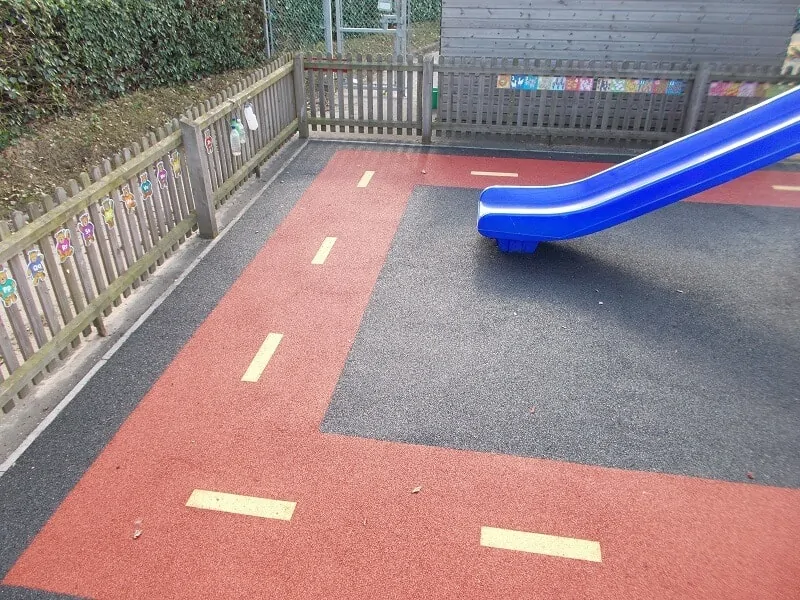
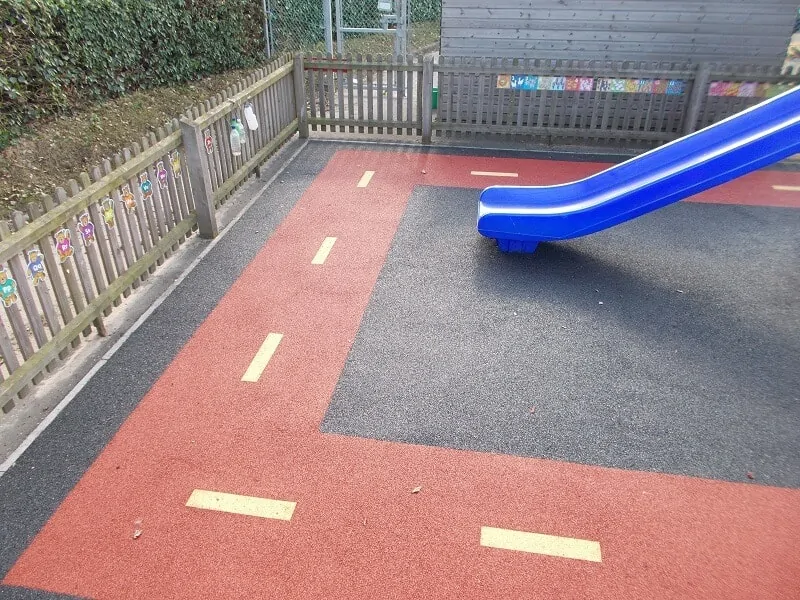

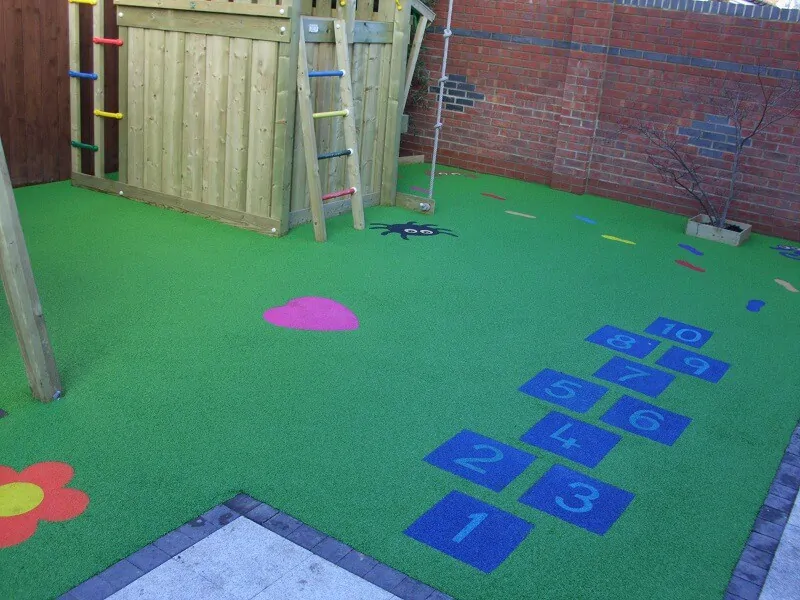
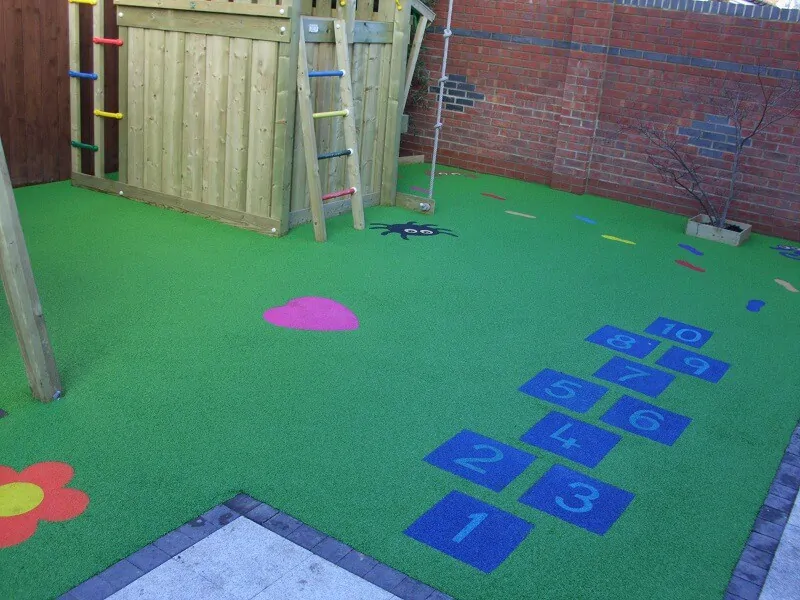
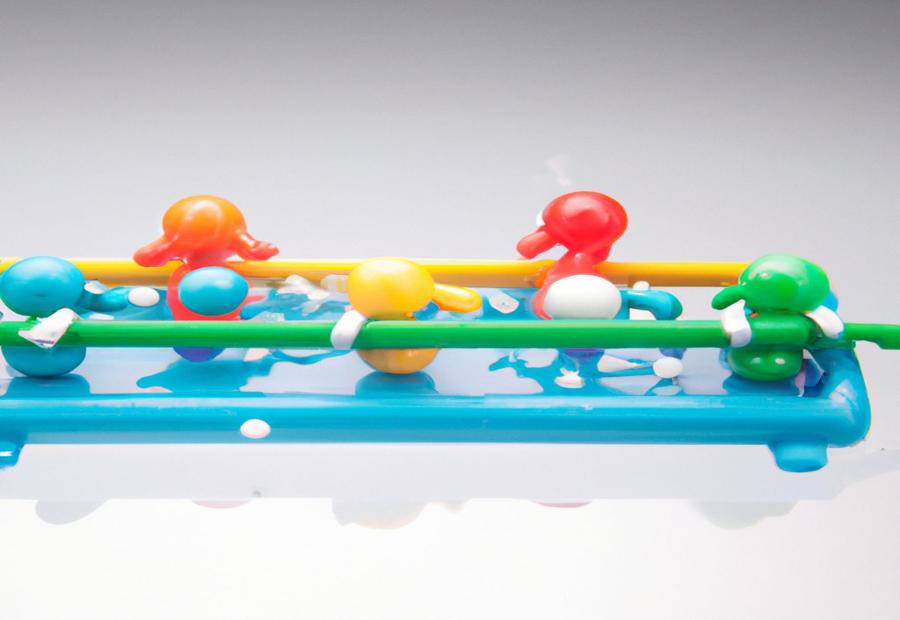
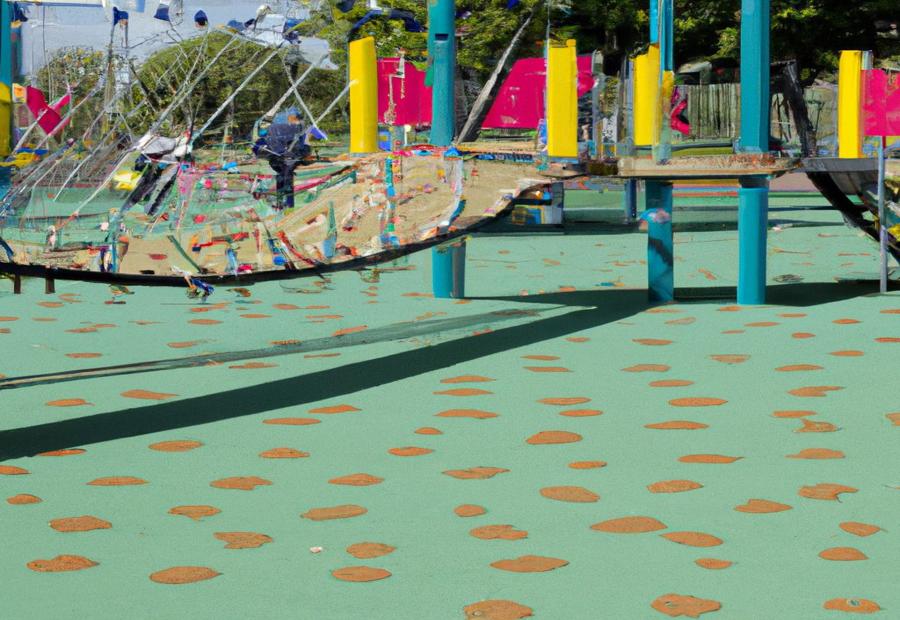
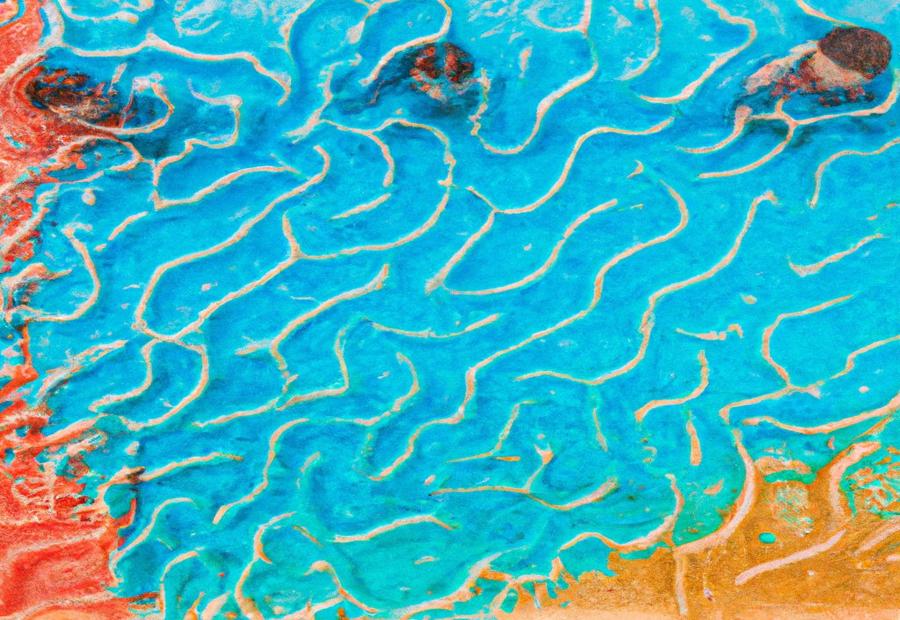
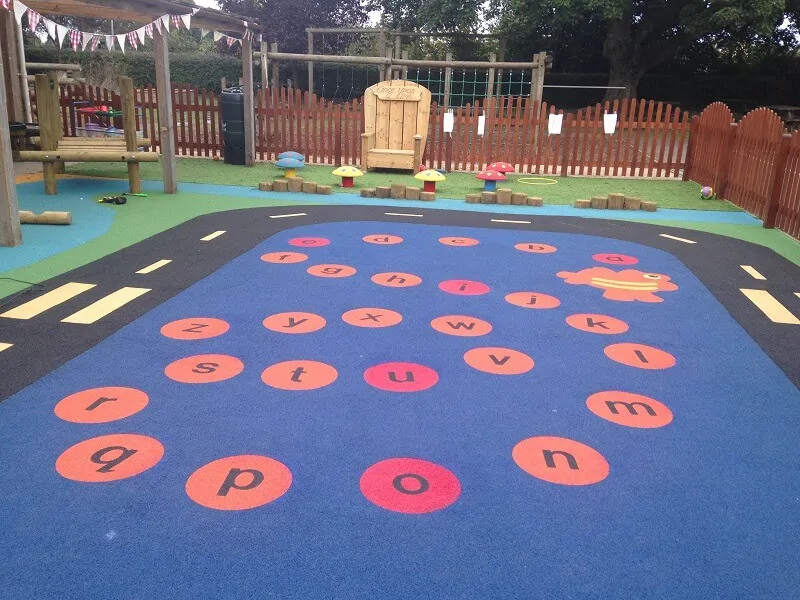
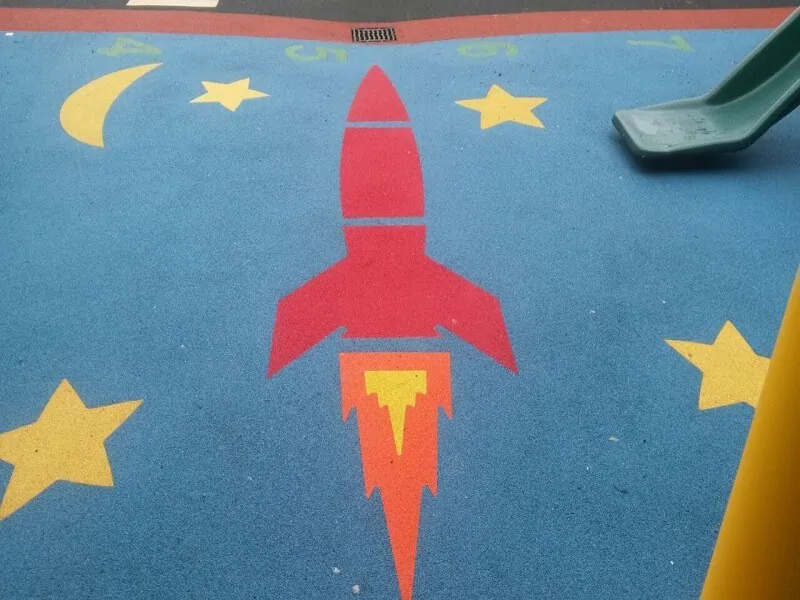
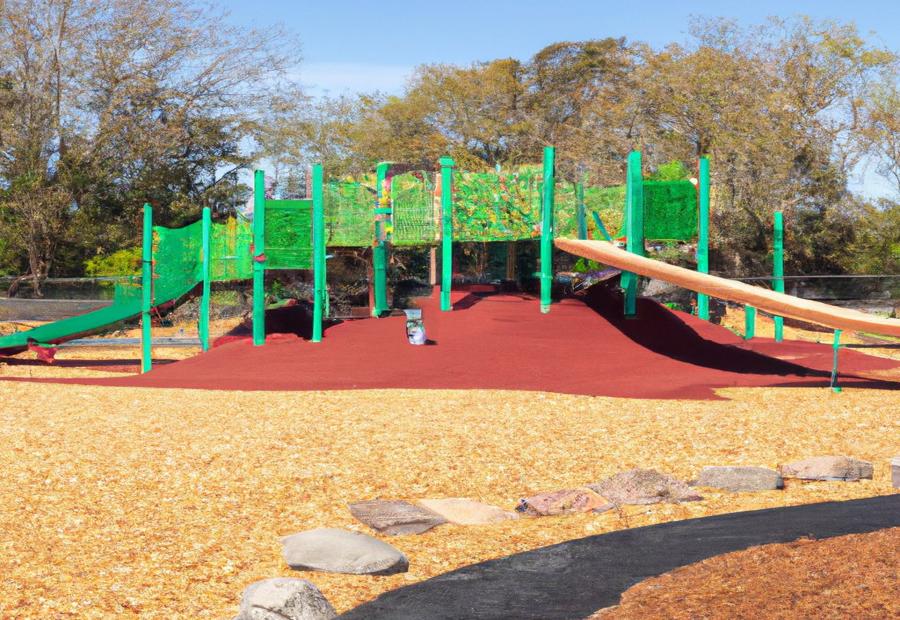
We Aim To Reply To All Enquiries With-in 24-Hours